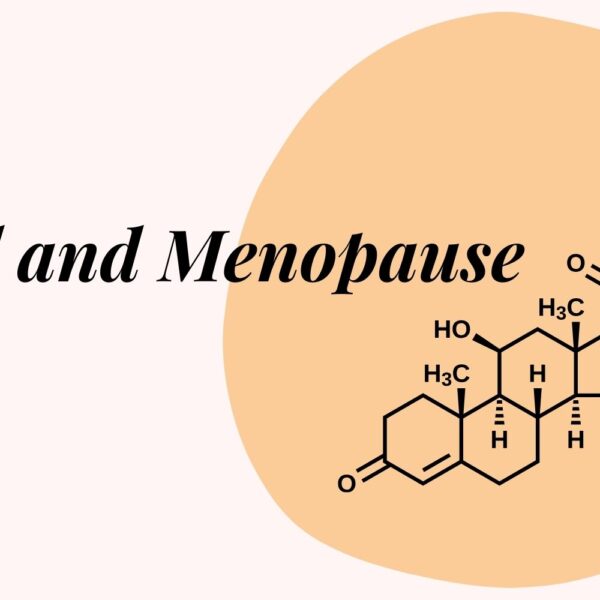Let’s talk about something super important for our children – dietary fibre. We know it might sound a bit scientific, but trust us, it’s like magic for their little bodies.
Fibre does all sorts of amazing things. It helps keep those sugar levels steady after meals, keeps things moving smoothly in their tummies (yep, we’re talking about good bathroom trips!), and even plays around with how their bodies deal with fats and cholesterol. And it does wonders for the friendly bacteria in their bellies – they love it!
We’ve heard a lot about how fibre is great for grown-ups, helping with weight, heart health, and even reducing the risk of certain cancers. But what about our kids? Well, it seems like fibre is their friend too. It helps prevent things like constipation, obesity, and even diabetes as they grow up.
Now onto the practical stuff. How can we make sure our little ones are getting enough fibre? Easy peasy! When they start to munch on more than just milk, it’s a good idea to gradually introduce foods with fibre. By the time they hit their first birthday, aiming for around 5 grams of fibre per day is a sweet spot. When they’re 2 years and older, there’s this handy guideline called the “age plus 5 rule”. Basically, it means aiming for about 6 grams of fibre each day for 1-year-olds, 7 grams for 2-year-olds, and 8 grams for 3-year-olds.
It might sound a bit technical but think of it as a fibre roadmap for their tummies. As they grow, a bit more fibre helps keep things running smoothly. As they step into each new year, just add that extra little bit of fibre.
Consider swapping regular bread for whole grain or digging into whole grain cereals like bran or oats. When pasta or rice is on the menu, go for the whole grain versions – they’re not only tastier but also better for them. And if you’re whipping up some treats in the kitchen, try using wholemeal flour and adding some fruits – they’ll gobble it up!
Veggies and fruits are full of fibre. Encourage them to munch on those, and whenever possible, keep the skins on – it adds more fibre goodness. You can even sneak in legumes like beans and lentils into soups and casseroles – they’re fibre-packed too. Even their favourite dishes, like spaghetti Bolognese, can get a fibre boost with some kidney beans.
Now let’s chat about water. It’s fibre’s best friend. If they’re getting more fibre in their diet, make sure they’re sipping on enough water too, around 4 to 6 cups a day – aim for about 1 to 1,5l. Oh, and don’t forget to get them moving! Around an hour of fun exercise each day, like walking, will keep everything flowing smoothly. And finally, no rushing in the bathroom. Give them enough time to do their business – there’s no need to hurry.
So, there you have it. Enjoy those whole grains, fruits, and veggies, and treat their bodies right with water and movement. Happy tummies all around!








